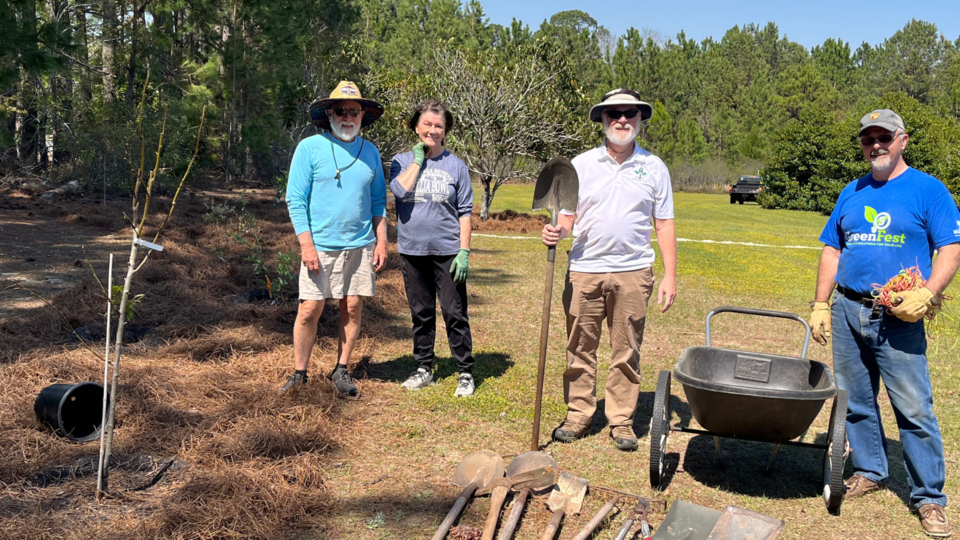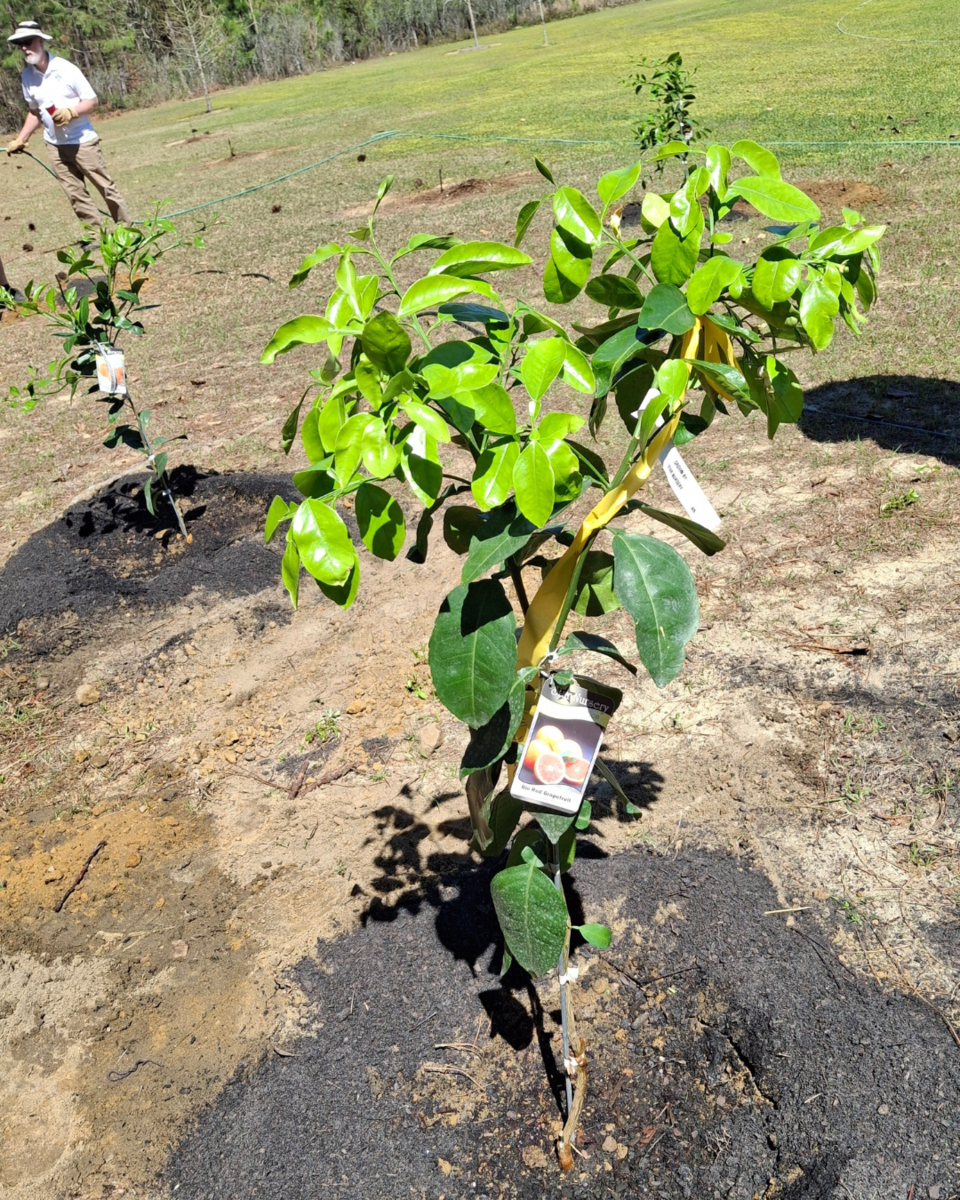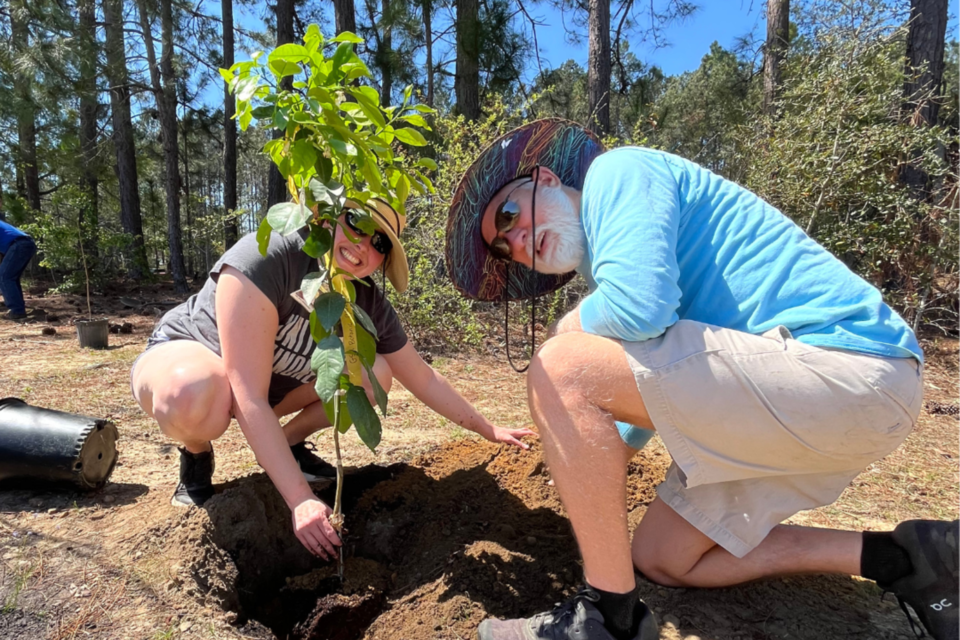With support from Georgia Interfaith Power and Light (GIPL), Trinity Episcopal Church in Statesboro, Georgia, has planted a new food forest on its campus, expanding its community garden and deepening its commitment to environmental sustainability.
Funded by generous donors and a grant from GIPL’s Four Directions Fund, the project aims to provide fresh produce to the local community, particularly those served by the Statesboro Food Bank, while modeling regenerative land use and climate resilience.

The food forest features a diverse selection of fruit trees and shrubs chosen for their adaptability to Georgia’s climate, including fig, satsuma, lemon, grapefruit, pawpaw, blueberry, plum, and Japanese persimmon. By increasing access to healthy, locally grown food, Trinity’s Green Team (sustainability committee) hopes the project will serve as a source of nourishment and an example of faith in action.
"This project is about feeding people and caring for the earth," said Bobby Randolph, Green Team Member. "We hope it will inspire others to grow their own food and support a healthier community."
The initiative reflects a growing movement across Georgia to equip faith communities with the tools and resources to respond to environmental and social challenges.

“Trinity Episcopal’s food forest is a beautiful example of what’s possible when faith communities commit to environmental justice and climate resilience,” said Beth Remmes, GIPL’s Coastal Outreach and Resiliency Coordinator. “It’s about nourishing both people and ecosystems, and in doing so bringing neighbors together in hope and service to the world.”
Trinity collaborated with Hazelnut Pastures and the Georgia Southern Botanic Garden to design and implement the forest using best practices in permaculture and sustainable land care. To further community engagement, the church now hosts “Fourth Sunday Workdays,” where volunteers can learn hands-on gardening skills and participate in maintaining the space.
The food forest builds on Trinity’s previous sustainability efforts, including the installation of a 31 kW solar array in 2024 and the designation of its campus as a Certified Wildlife Habitat. Together, these projects demonstrate how local congregations can lead the way in building a healthier, more resilient future.




